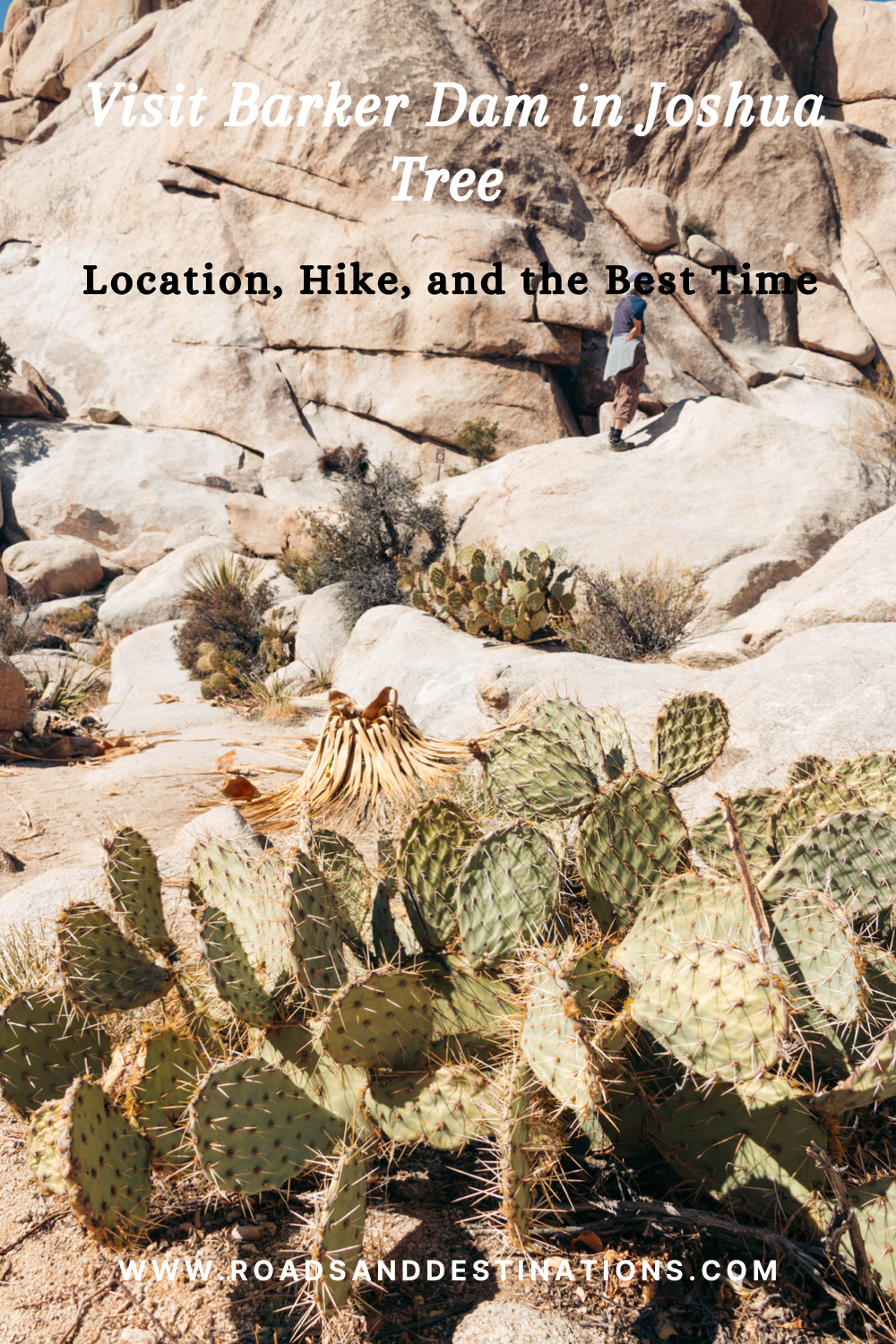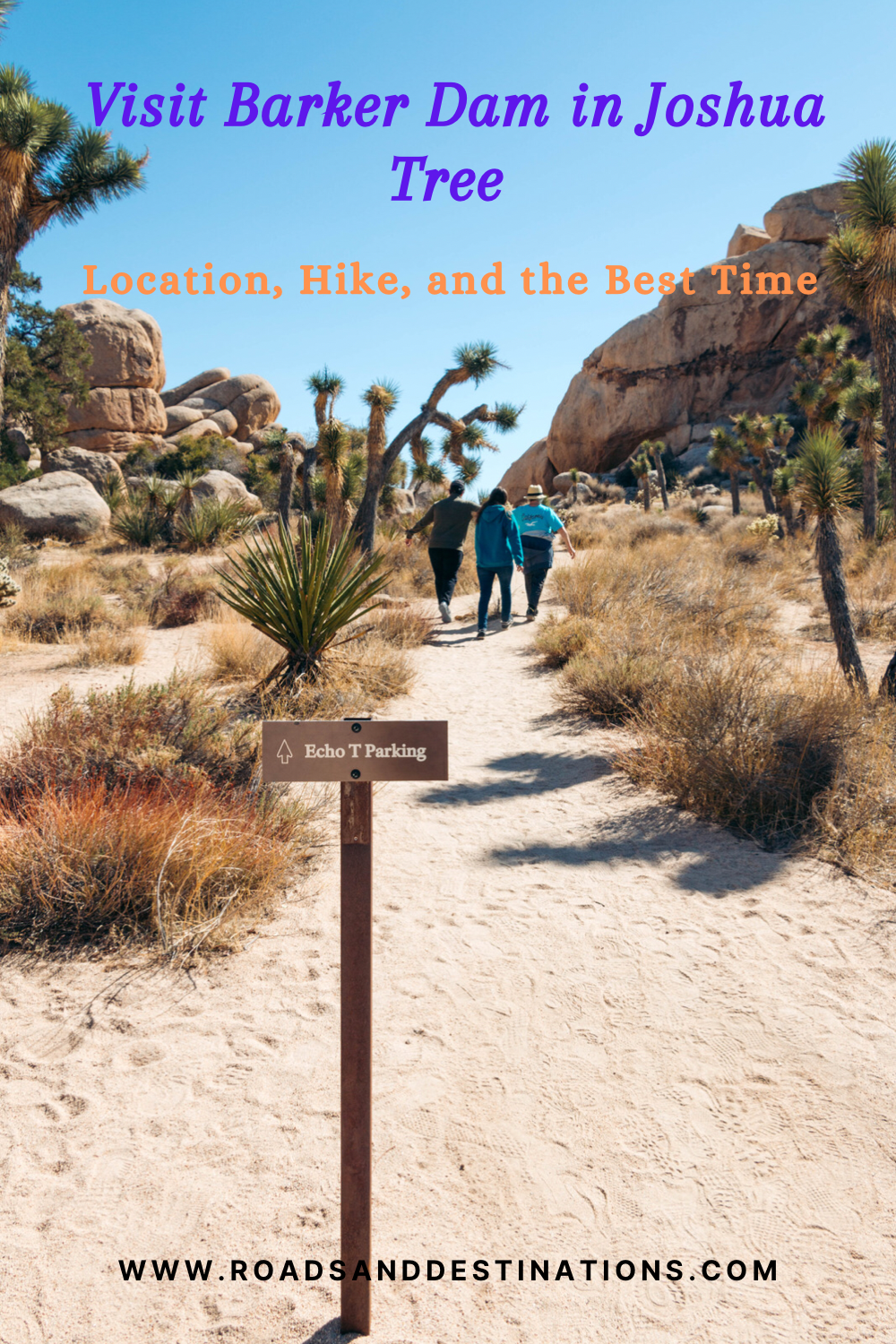Unlike any other activities in Joshua Tree National Park, hiking to Barker Dam requires precise timing. Convenient location and a short trail indeed guarantee easy access. Lack of water, however, if you arrive at the wrong time, can ruin your entire Barker Dam hike.
Last updated: March 21, 2025
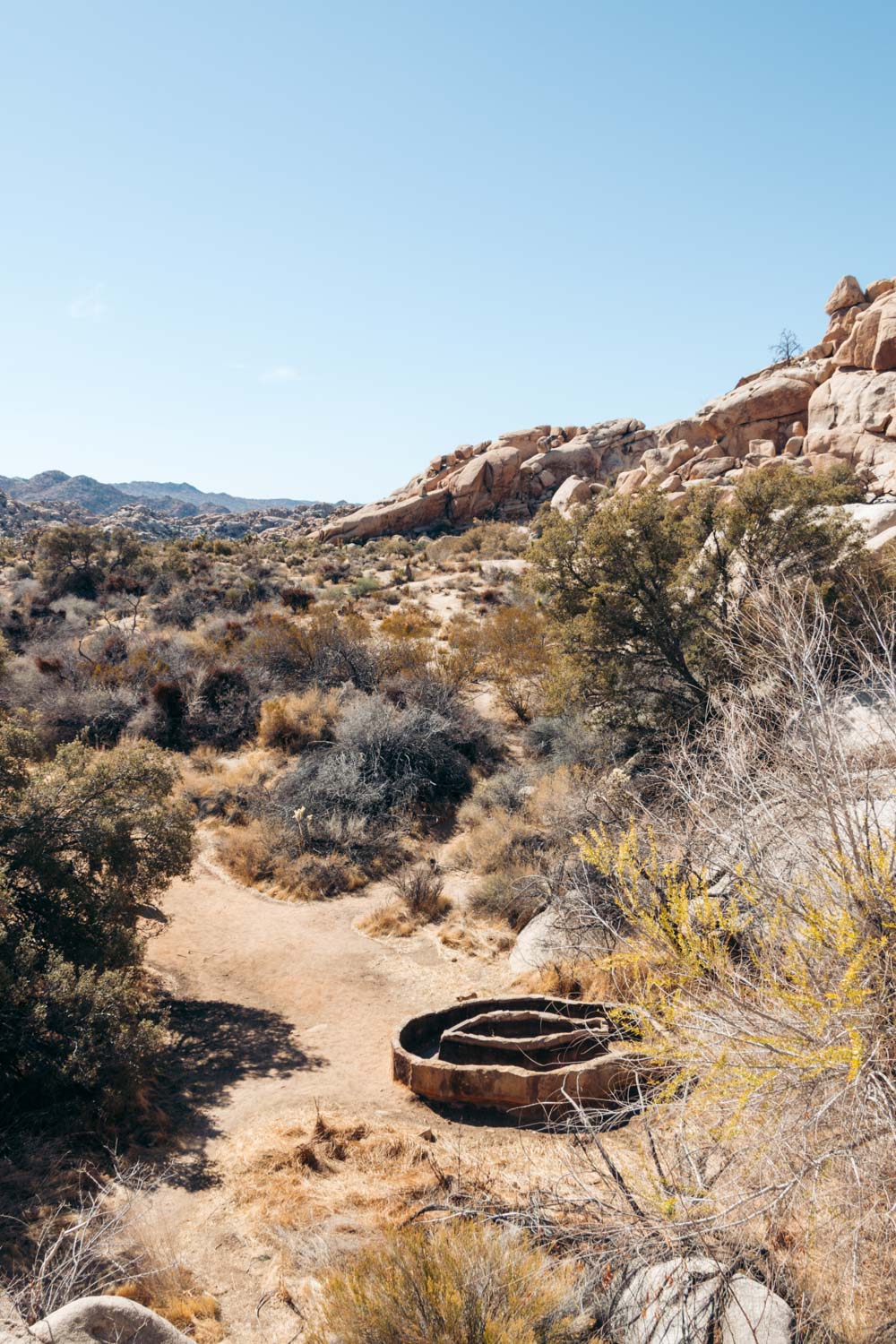
Hiking the Barker Dam Trail
Barker Dam, or else known as the Big Horn Dam, is a small reservoir in the heart of Joshua Tree National Park. The unique landmark looks so strange and foreign in this harsh desert terrain. Yet the hostile location doesn’t seem to interfere with seasonal water fluctuations at Barker Dam, a place that has stirred up interest in thousands of hikers for more than a hundred years.
Travelers all over the world hike to Barker Dam in hopes of finding a small oasis in the center of usually dry Joshua Tree National Park. In spring and fall, the place welcomes enthusiastic hikers, mountaineers that take a break from their more tedious endeavors, and families with kids that enjoy lush vegetation along a trail.
Even desert animals, in particular bighorn sheep and different species of birds, can’t resist the water storage reservoir. Consequently, more nature-loving travelers hike to Barker Dam to photograph and feast their eyes on these locals.
Sadly, though, the irresistible destination transforms into a lovely oasis infrequently. We’ll go back to it later. As for now, let’s start our hike to Barker Dam in Joshua Tree with a short review of its intriguing history.
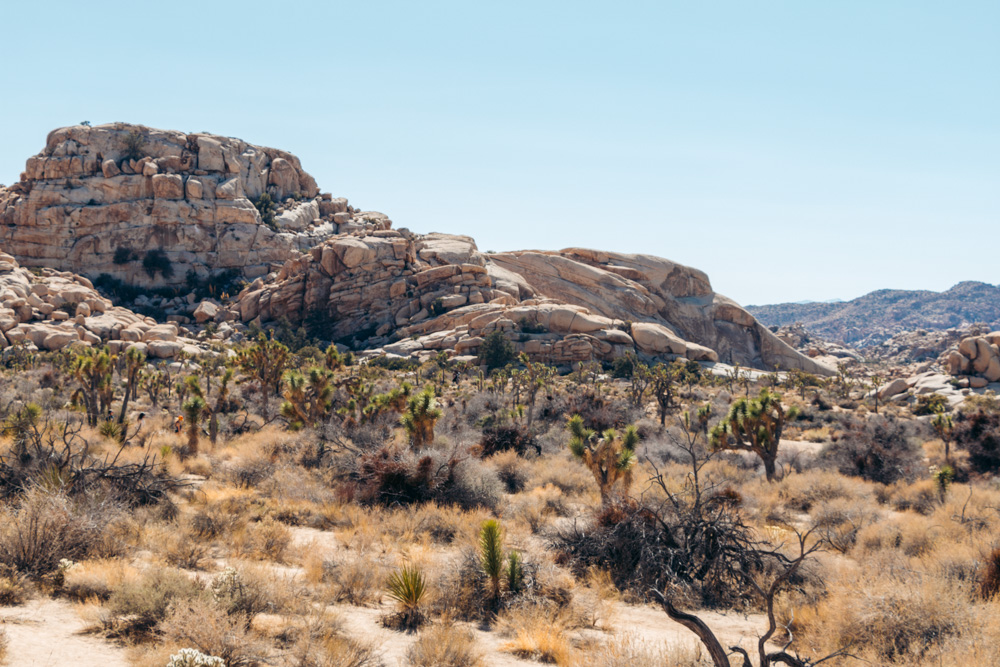
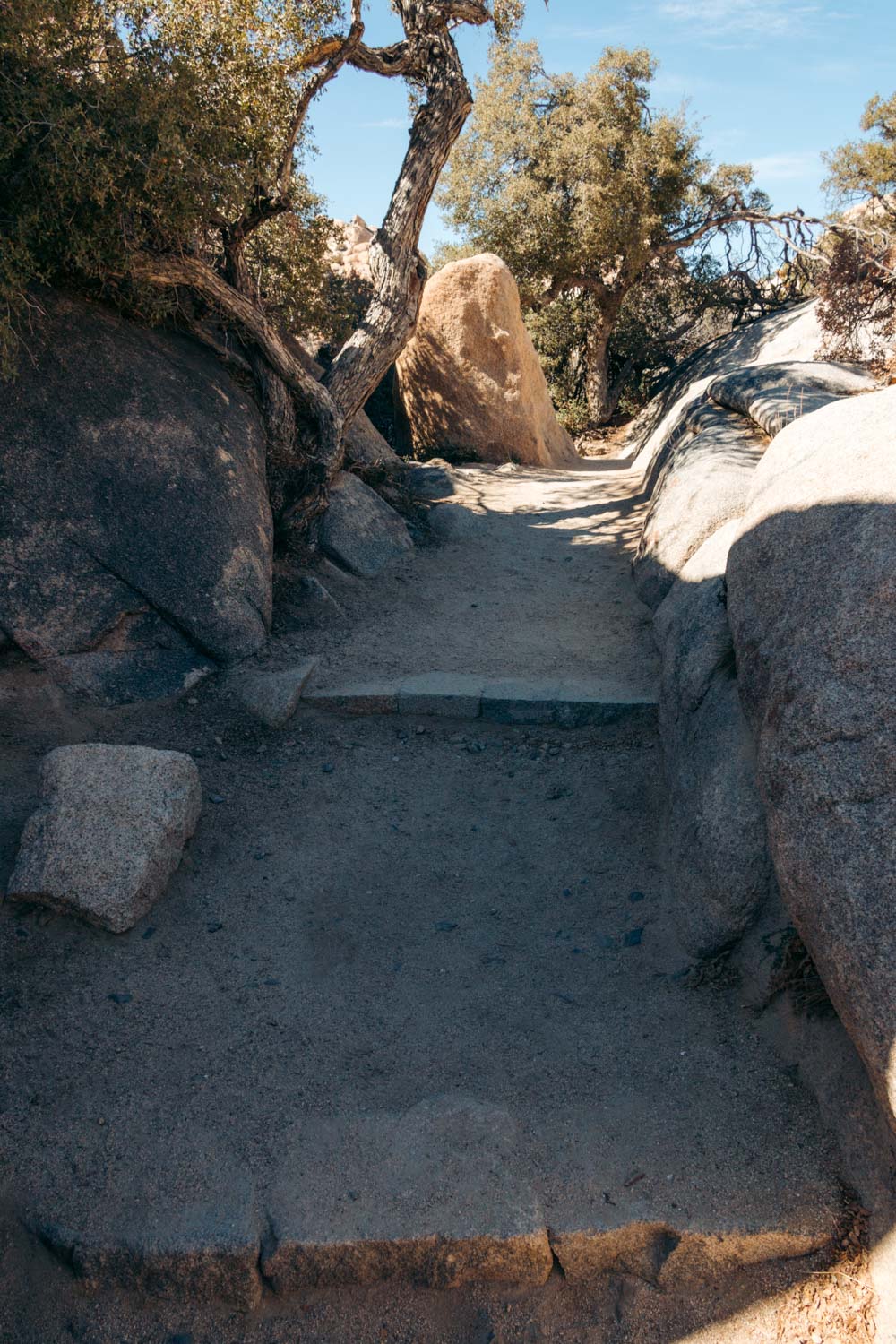
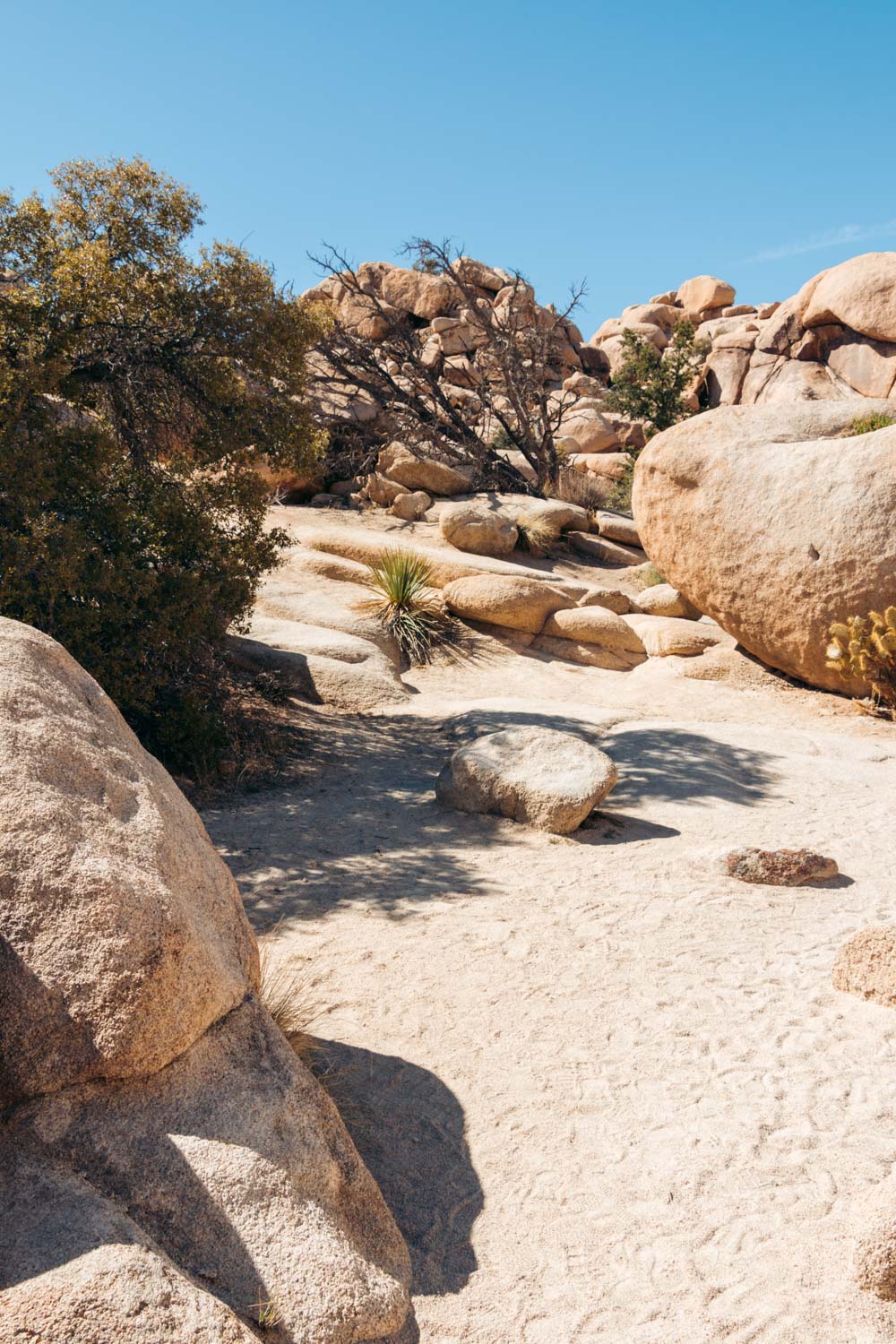
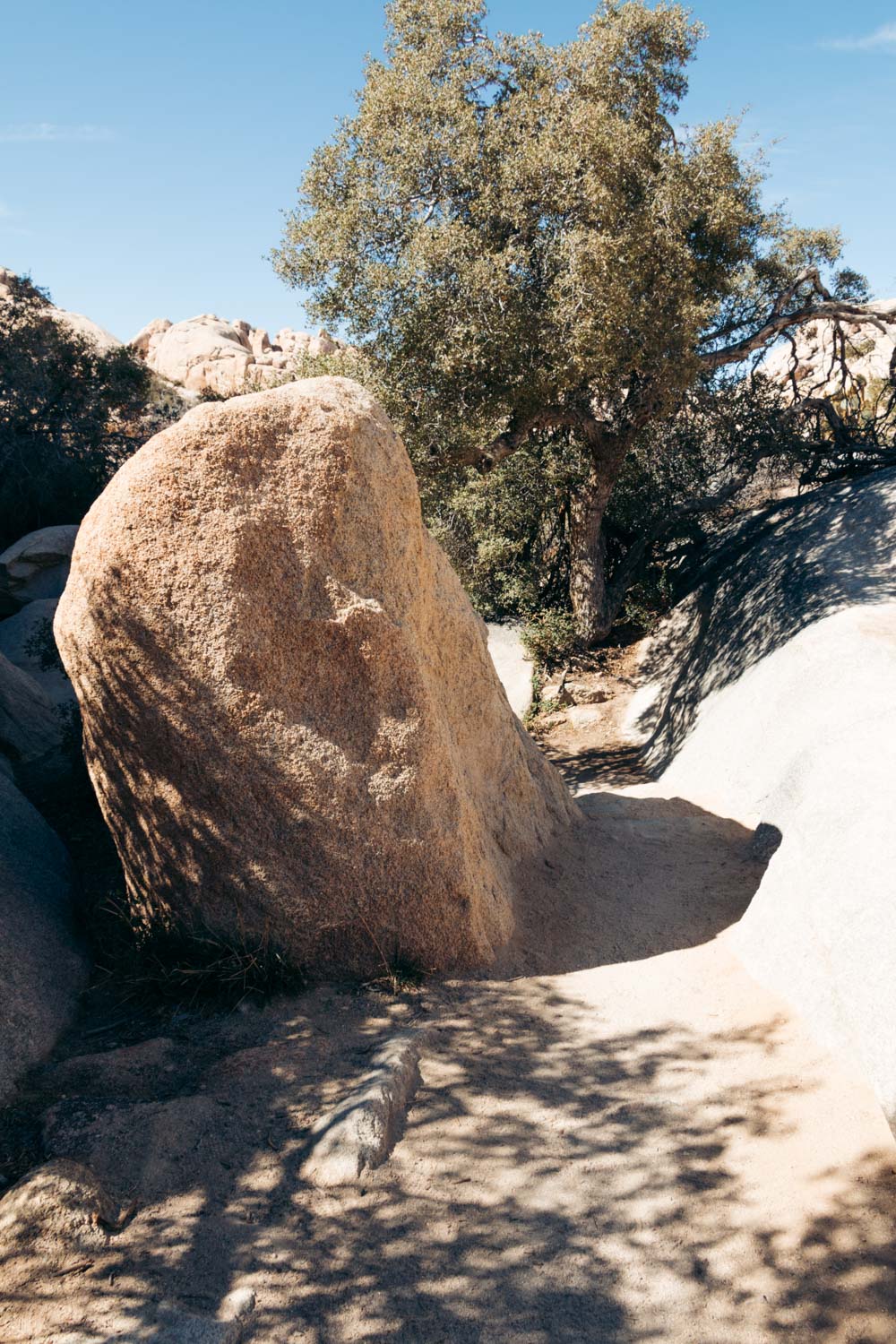
Barker Dam: History in a Nutshell
Located between the Queen Valley and the Wonderland of Rocks, Barker Dam dates back to the beginning of the 20th century. In the early 1900’s, cattle ranching thrived in the area. Interestingly enough, raising cattle turned out to be a profitable business. Even the deserts with their rather limited resources aligned with the early cattlemen’ ambitions, providing enough food for the domesticated animals.
Yet the harshness of the desert region with its scorching heat and limited water supplies was real. The first ranchers and miners didn’t have any other choices but fight it and look for ways to preserve this vital resource. A dam that could hold rainwater sounded like a good idea.
There is little information available why the early cattlemen chose this particular location for the reservoir. Convenient location that would allow easy access to the dam for humans and animals alike played a big role in the final decision.
Eventually, Barker Dam was constructed in 1902. The Barker & Shay Cattle Company took responsibility for building the lower portion of the water-holding reservoir. Naturally, the place was named after one of its fathers, C.O. Barker.
Half a century later, in 1949-1950, the Keys family improved the reservoir. The successful cattlemen and miners raised Barker Dam. An additional six feet of concrete was added to the structure. The functioning of the place, however, didn’t change a bit. Wild animals as well as cattle continued going to Barker Dam to fulfill their needs for drinking water.
While the livestock hardly make it to the reservoir today, many still hike to Barker Dam, hoping to find a charming oasis in the heart of Joshua Tree National Park.
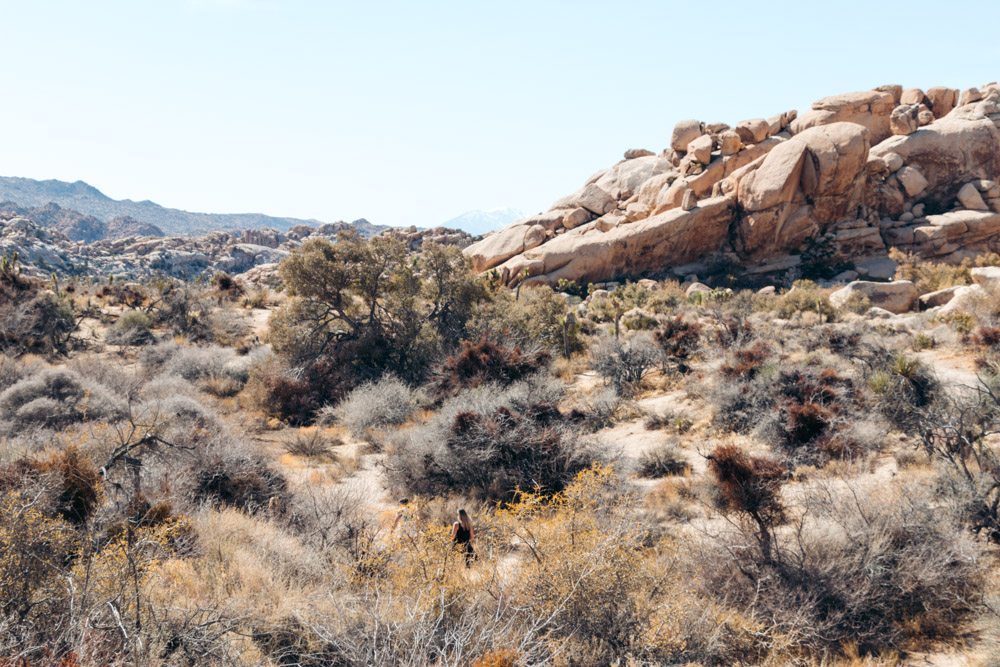
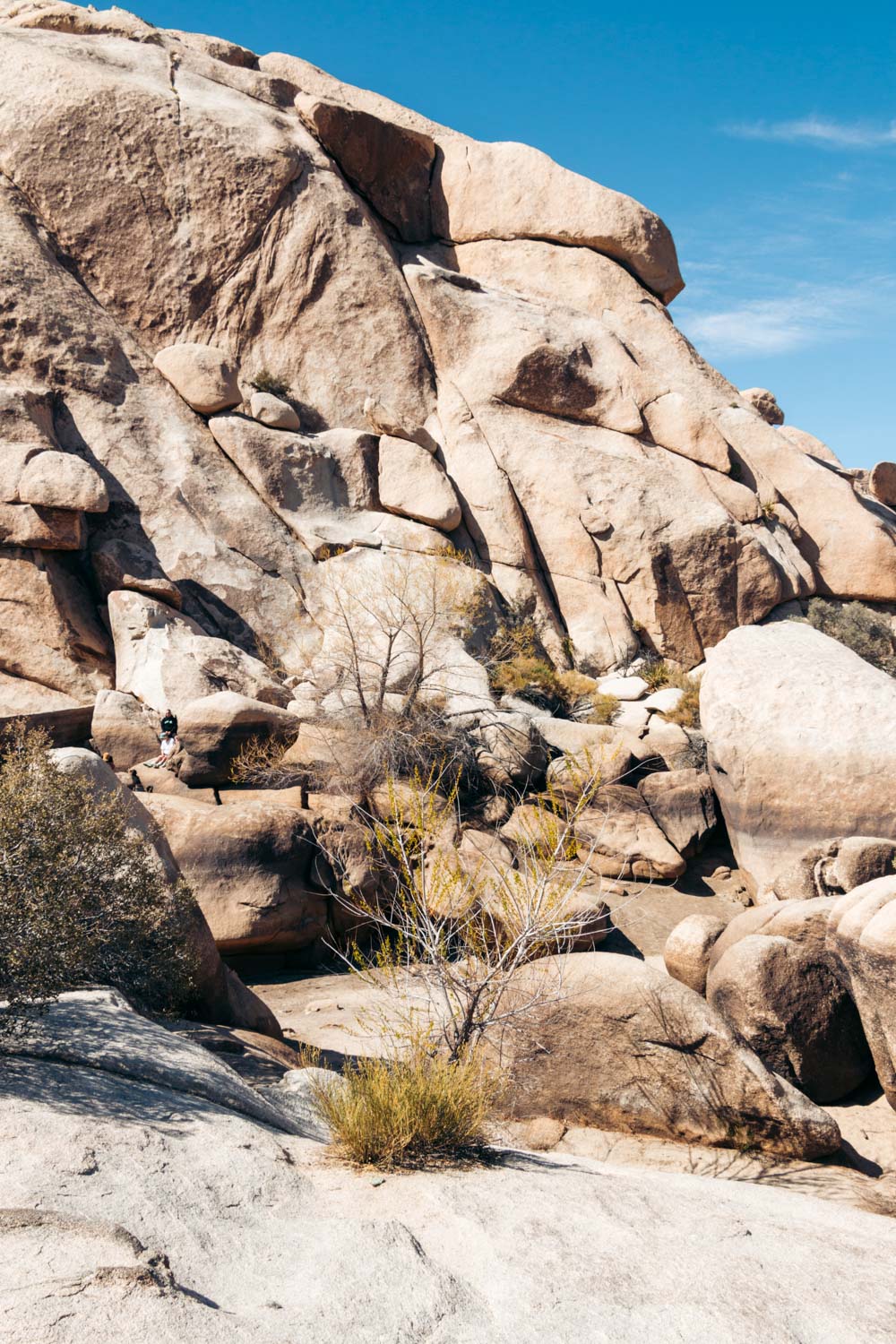
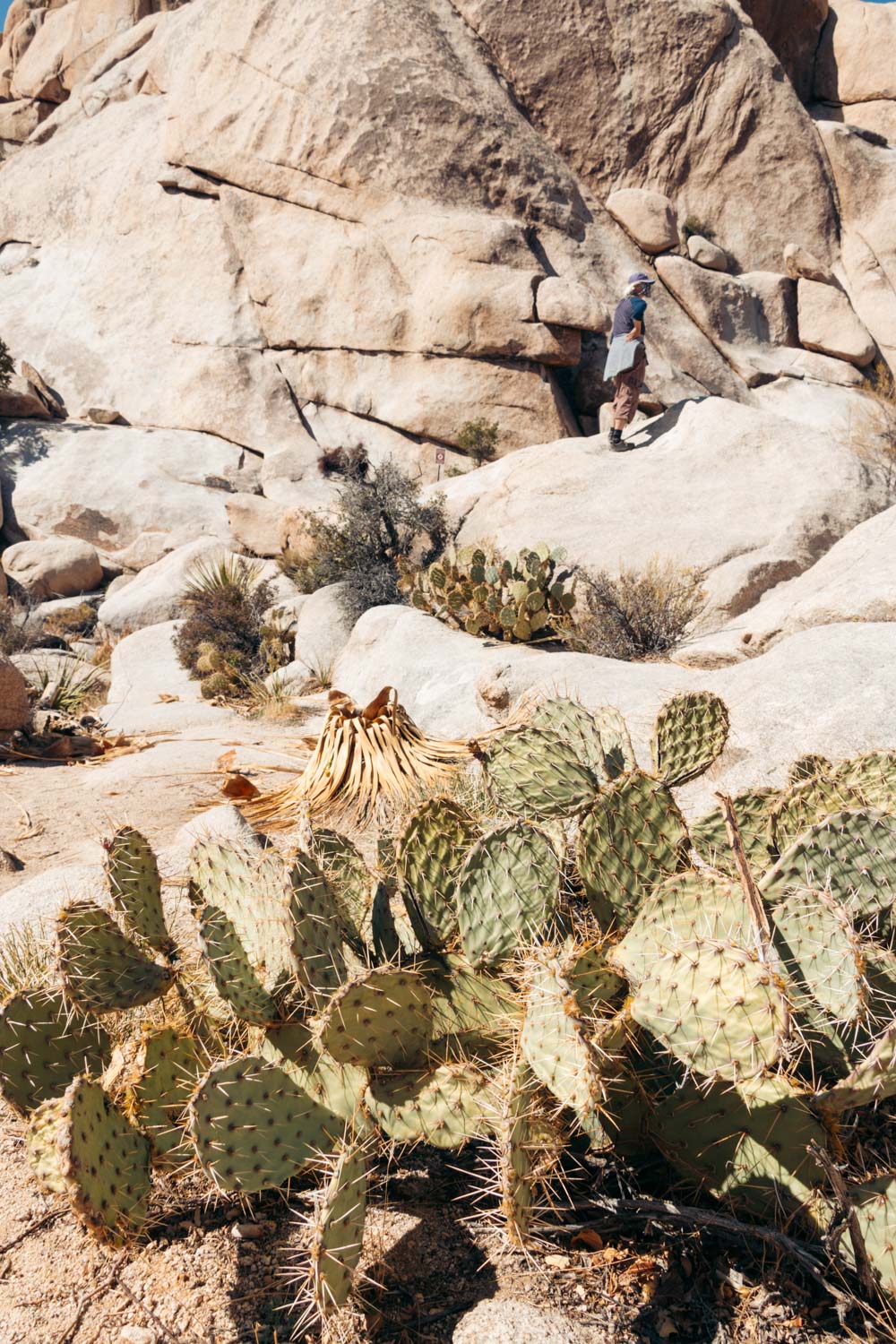
Location and How to Get to Barker Dam
Arriving from the Northwest
The odd-looking reservoir nestles within the Wonderland of Rocks near the Wall Street Mill in Joshua Tree National Park. To get to Barker Dam from the northwest, follow Park Boulevard until you reach Barker Dam Road. Turn left and continue driving along Barker Dam Road for approximately 1.5 miles, passing Hidden Valley campground along the way. A big parking lot with restrooms and a map marks the end of your driving adventure and the beginning of the hiking excursion to Barker Dam.
Arriving from the South
While driving from the south, enter Joshua Tree National Park from the South Entrance near Cottonwood Spring. Follow Cottonwood Spring Road. The road changes to Pinto Basin Road at the Cottonwood Visitor Center. Drive along Pinto Basin Road for approximately 30 miles until it reaches the turnoff for Park Boulevard. Turn left and drive along this road for nearly 12 miles. Take a right turn upon reaching Barker Dam Road and continue along it for 1.5 miles until you stumble upon the Barker Dam parking lot.
TIP: During peak season from September to May, the parking lot is usually full. You can either drive around waiting for a parking spot to open up or park in the Echo T parking lot. The place sits just to the west of the Barker Dam parking area. Parking here, however, adds some distance to your Barker Dam hike. The Echo T Connector Trail extends the Barker Dam Loop Trail by 0.6 mile, making it nearly 2 miles long.
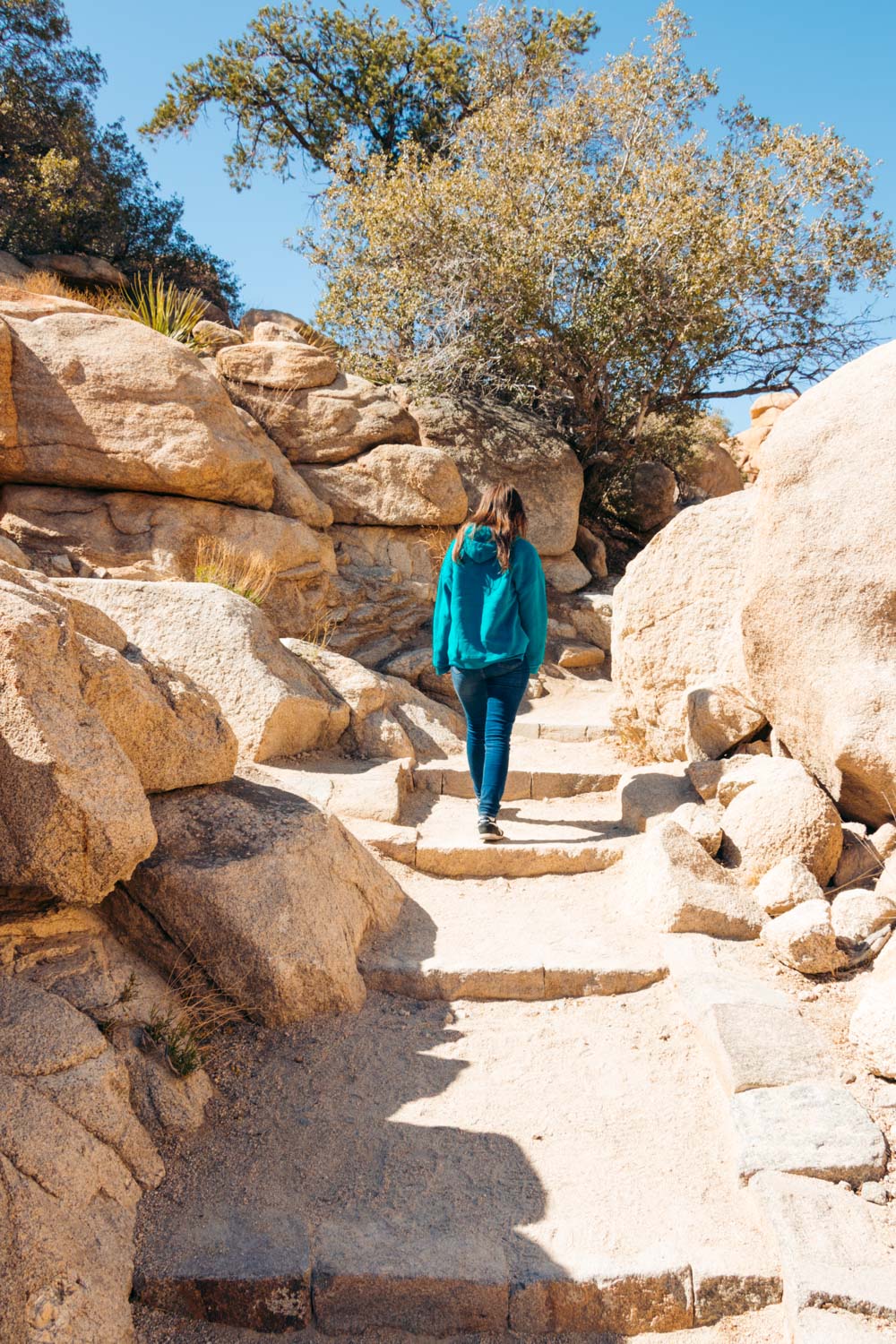
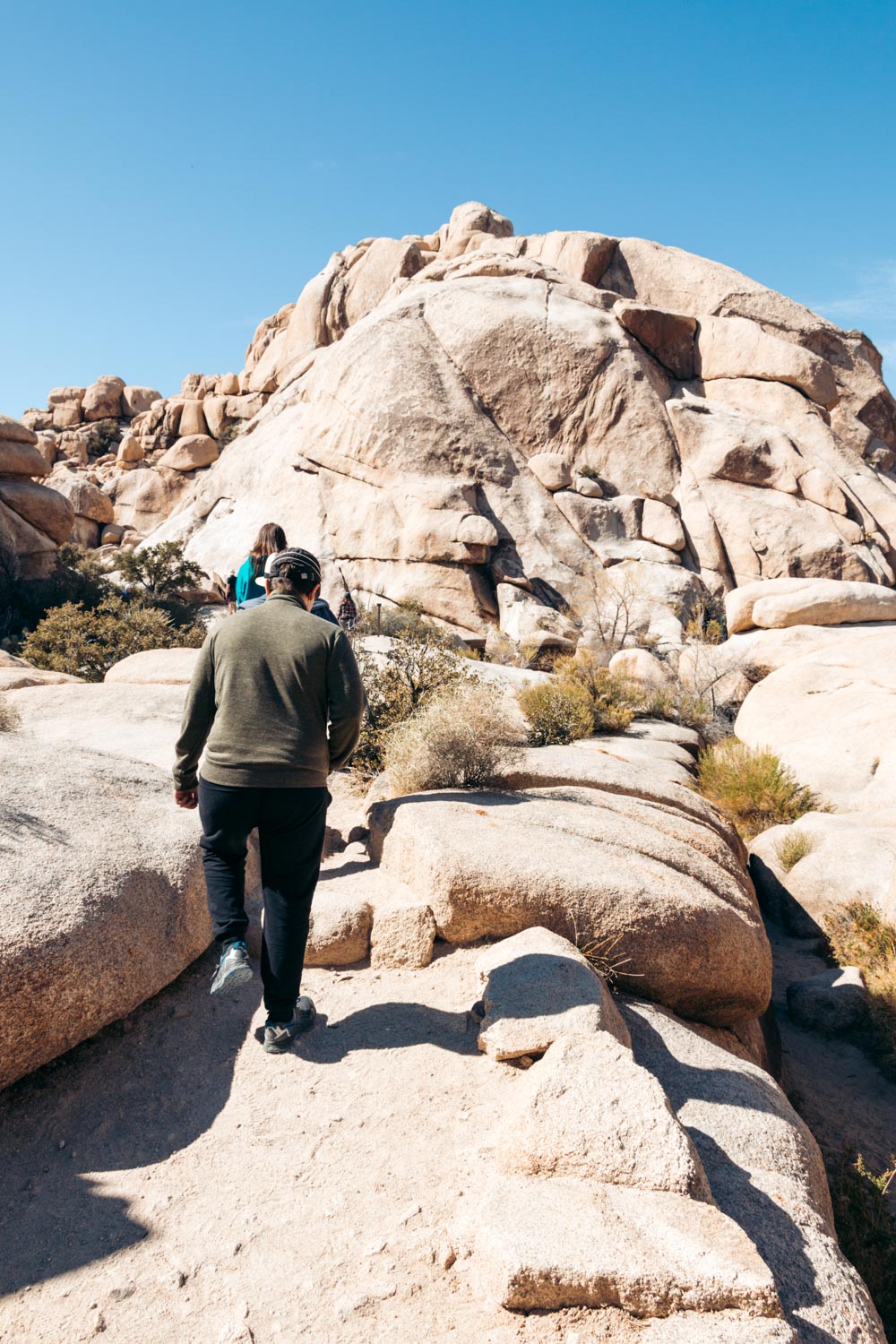
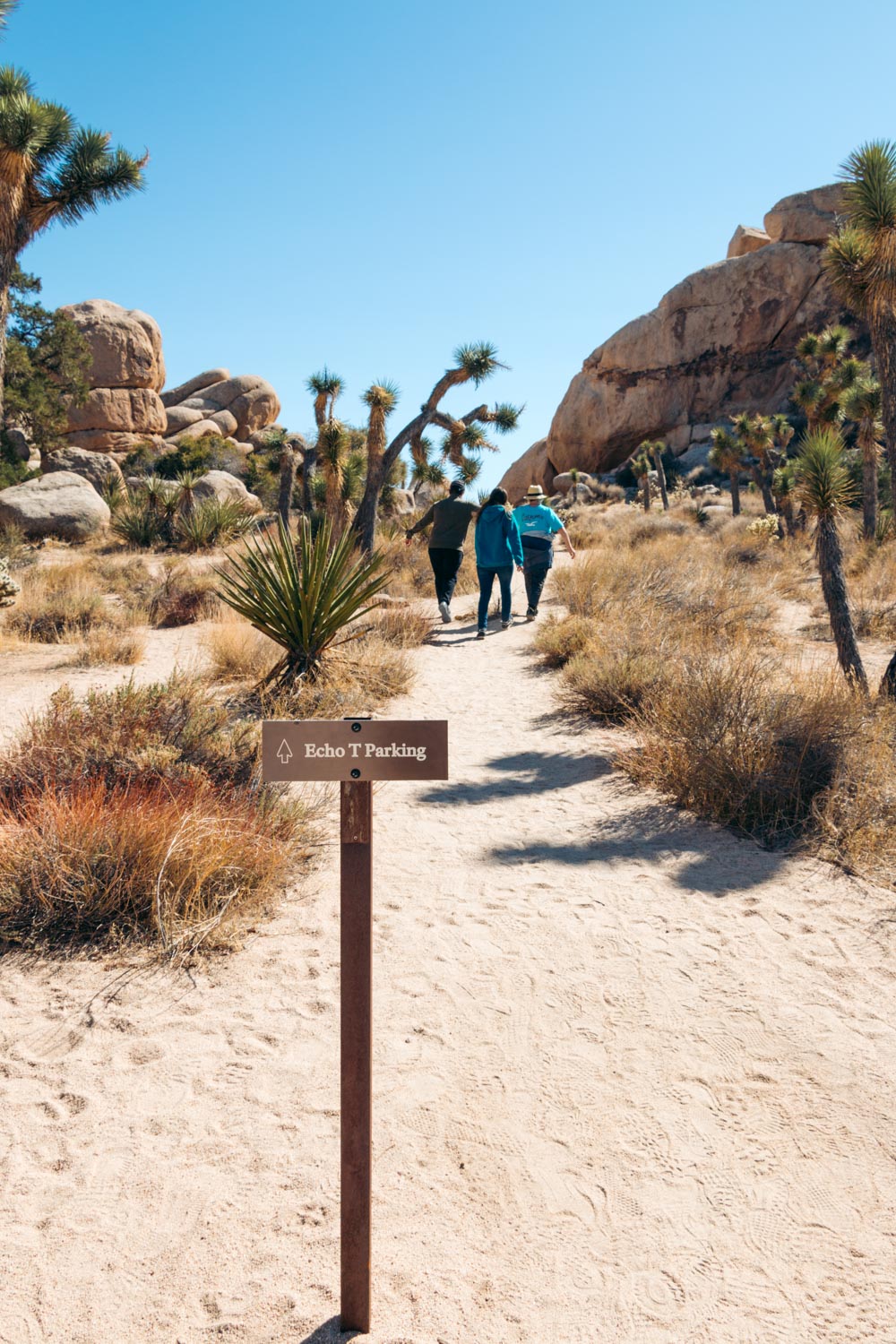
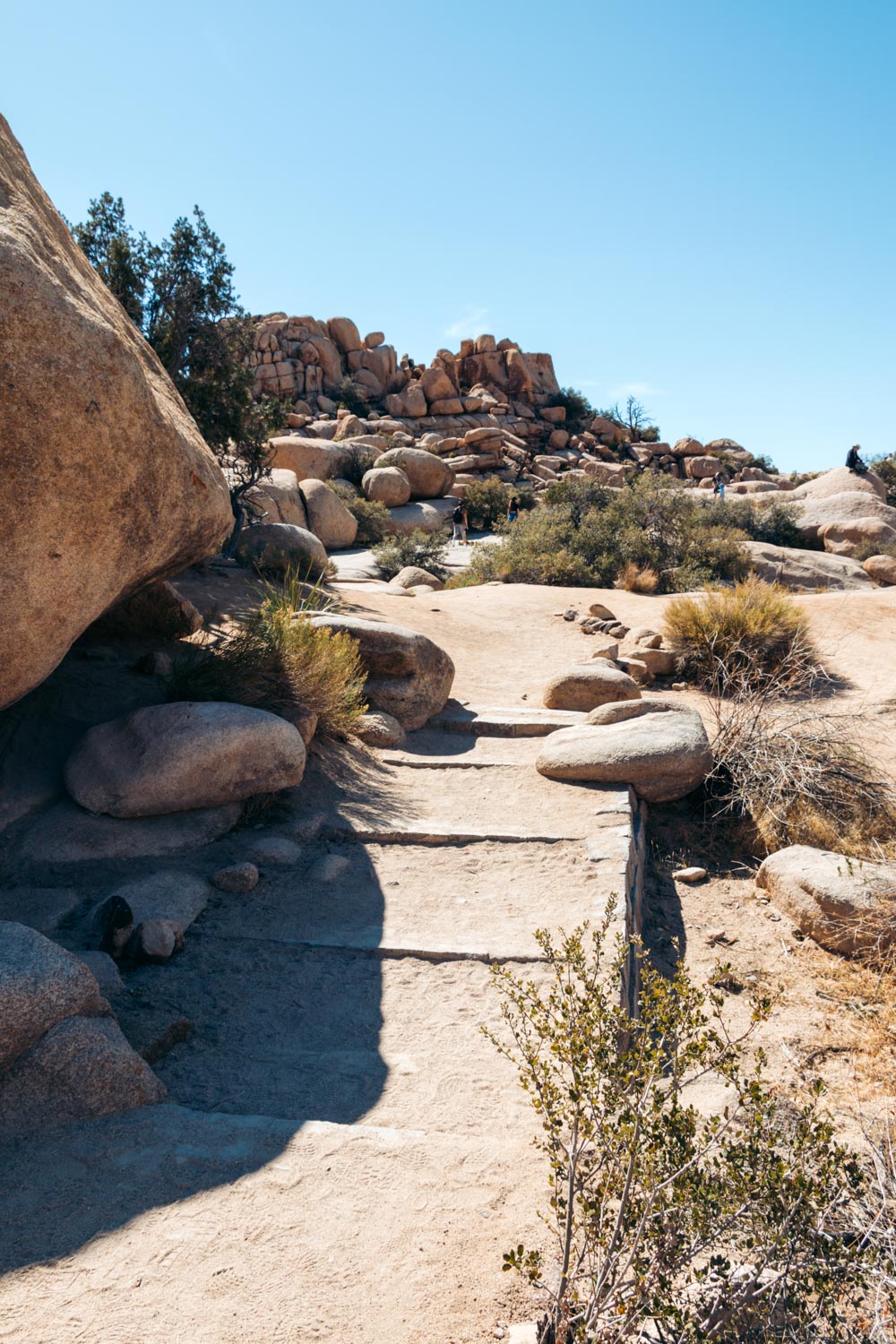
The Best Time to Hike to Barker Dam
Similar to the majority of other outdoor places in California, Joshua Tree National Park welcomes nature enthusiasts all year round. With that said, you can hike to Barker Dam during any season. The views, however, differ significantly from month to month.
Summer may be one of the most challenging times to hike the Barker Dam Nature Trail due to unbearable desert heat. So plan your short feat early in the morning and bring along a large bottle of water.
Winter in Joshua Tree National Park can be windy with low temperatures at night. Yet it barely interferes with your outdoor adventures, including the hike to Barker Dam.
Spring and fall are by far the most enjoyable times to hike to the historic Barker Dam. Along with the pleasant weather, fewer crowds flock to the area. It’s quite possible to have the whole reservoir to yourself at this time, especially if you hike early in the morning. Needless to say, spring and fall are ideal times to plan a weekend getaway to Joshua Tree National Park.
When to Visit Barker Dam to Find It Filled with Water
The merciless sun and high summer temperatures, however, are not the biggest spoilers. The lack of water in Barker Dam disappoints even more than the unbearable conditions. By summer, the reservoir is normally dry. Any precipitation is rare during this time of the year. So while hiking to Barker Dam in the summer can still be a rewarding experience, mostly due to the dry trail, hardly any water remains in the reservoir.
The liquid accumulates in the dam after the rainy season, which is usually winter and spring. So plan to hike to Barker Dam the day after it rains to increase your chances of finding the man-made oasis filled with water.
Yet even the rainy season doesn’t guarantee that you’ll find water in the dam. We hiked to Barker Dam at the end of March, and the place was as dry as the rest of the desert. The desert environment doesn’t hold on to its water for long, constantly losing it to the scorching sun and thirsty wild animals.
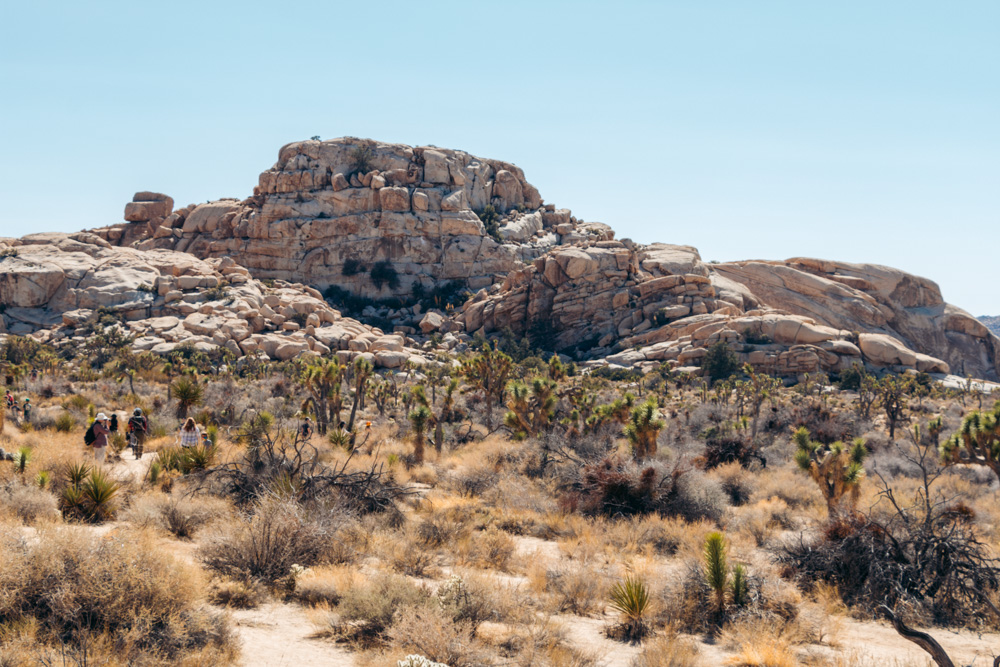
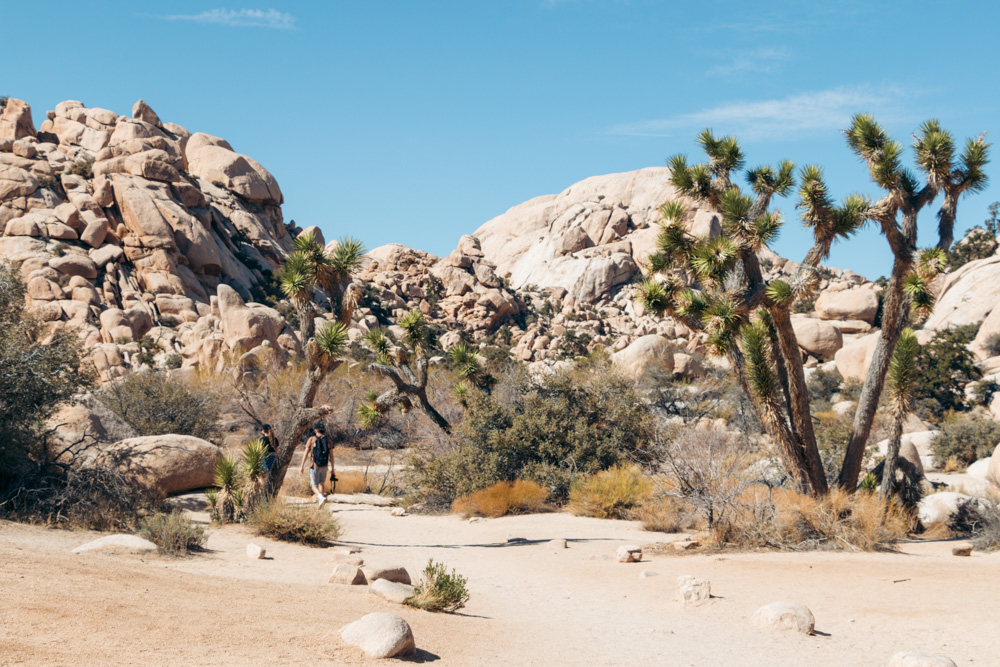
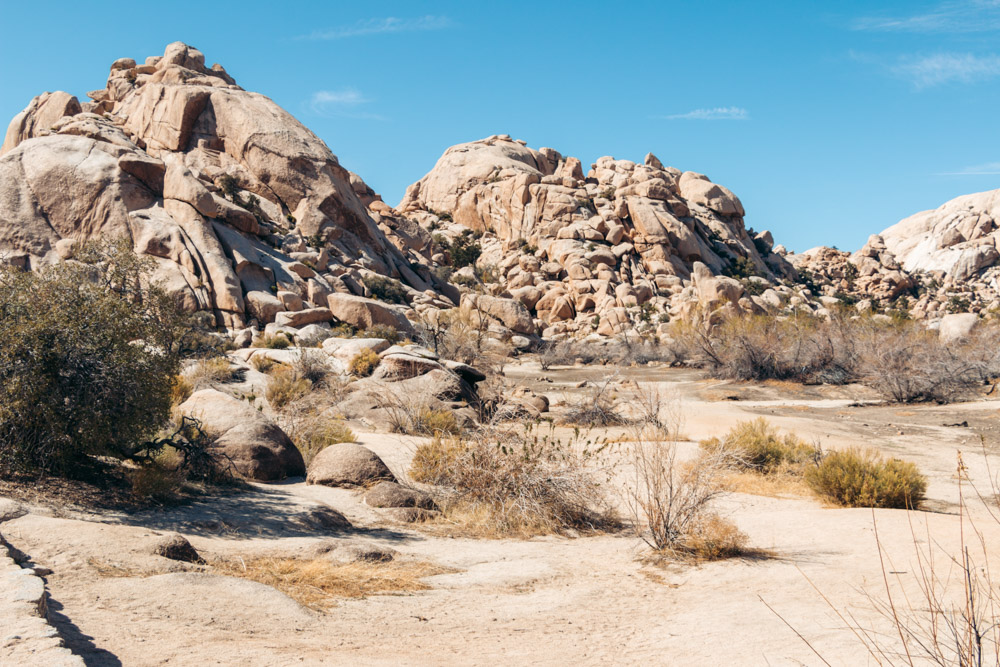
HIKING THE BARKER DAM NATURE TRAIL
Trail Stats
- Distance: 1.1-mile loop
- Difficulty: Easy
- Elevation gain: 50 feet
- Time: 30-40 minutes
The Hike
The only way to get to Barker Dam is by hiking the Barker Dam Nature Trail. A 1.1-mile loop trail starts at the Barker Dam parking lot and takes from 30 to 60 minutes to complete. The trailhead is well-marked. Yet if you venture down the Barker Dam Trail during the peak season, you don’t need any signs or even maps. Crowds of hikers head in the same direction, completely eliminating any possibilities of getting lost or taking a wrong turn.
The trail is easy and suits all skill levels. Furthermore, festooned with denser vegetation, it’s considered one of the favorite hikes in Joshua Tree National Park. Fed by extra moisture distributed from the lake, Joshua trees, creosote, Mojave yucca, and piñon pines add some green color to the barren land.
The popular hike hardly has any elevation gain. Some areas, though, require little rock scrambling. Yet it’s so insignificant that even a child can do it.
To make the Barker Dam Nature Trail even more alluring, park’s rangers have installed interpretive signs along the path with interesting facts about Joshua Tree, the dam and its use. Overall, the trail works perfectly for hiking, walking, or simply stretching your legs after a long drive.
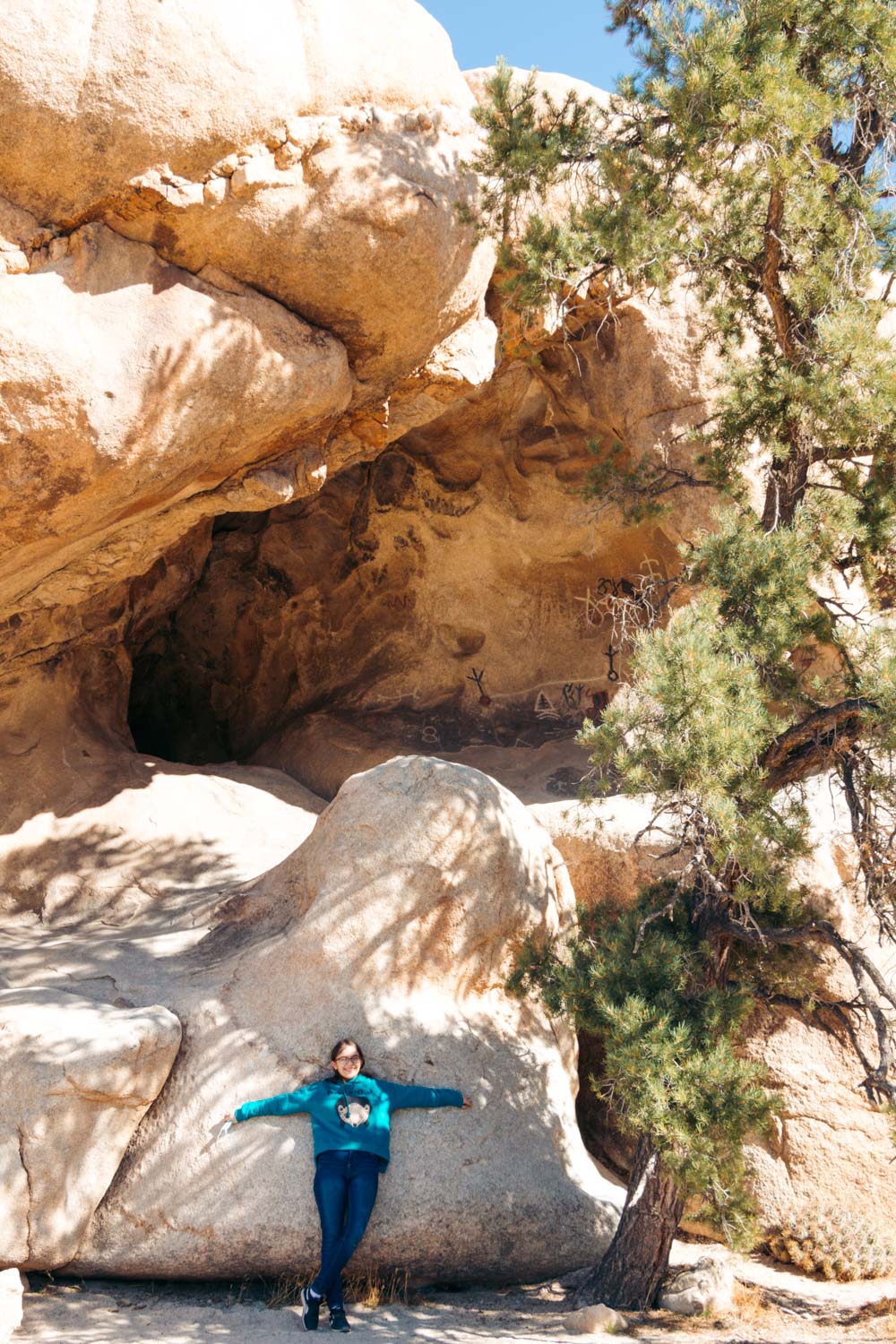
Petroglyphs
As the loop advances to its end, the Barker Dam Trail slowly but firmly explains why California is considered one of the top cultural destinations in the US.
A short walk from the parking lot, a series of large rocks comes into view. They would look like any other boulders spread across the park if not for ancient petroglyphs carved onto them. The drawings made by Native Americans centuries ago give an unparalleled glimpse into the human history of the Joshua Tree National Park area.
While the encryptions remain mostly unspoiled, their colors were enhanced for an old Hollywood movie. This was the only modification allowed at the site. Today, you can admire the petroglyphs from a distance. No climbing or disrupting the rock in any other ways is tolerated. Joshua Tree National Park and its rangers strive to preserve this unique historical artifact for future generations to enjoy.
Can You Swim in Barker Dam in Joshua Tree?
Swimming in Barker Dam is not allowed. The dam was built to preserve the scarce desert water, not to use it foolishly. Apart from it, the water level is usually too low to plunge into the water and enjoy a swim. And as we mentioned before, you have more chances of seeing Barker Dam completely dry than overflowing with the rainwater.
Is Barker Dam Trail Worth Hiking?
Filled with water, Barker Dam is a sight to behold. The rare lake also increases your chances of spotting desert animals that flock to the reservoir to drink and hide among the large boulders. Hiking to Barker Dam during this short window-time is well worth it.
During the dry season, when only darker lines on the rocks suggest the level of water in the reservoir during and right after the rainy seasons, hiking to Barker Dam may be disappointing. On the other hand, it’s an easy trail. Young and old, small and big should have no difficulties in hiking it.
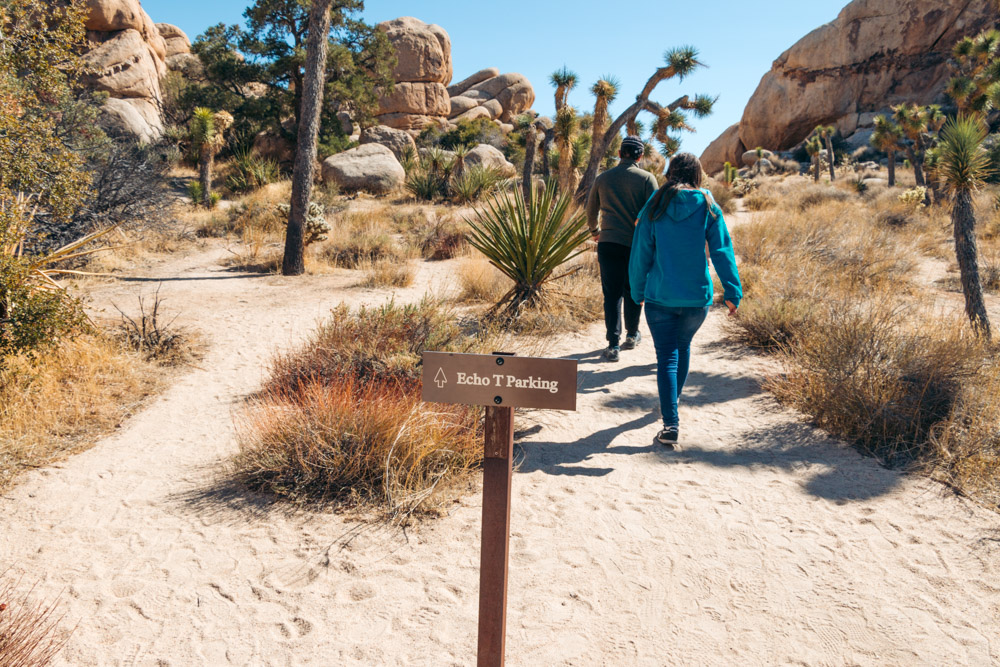
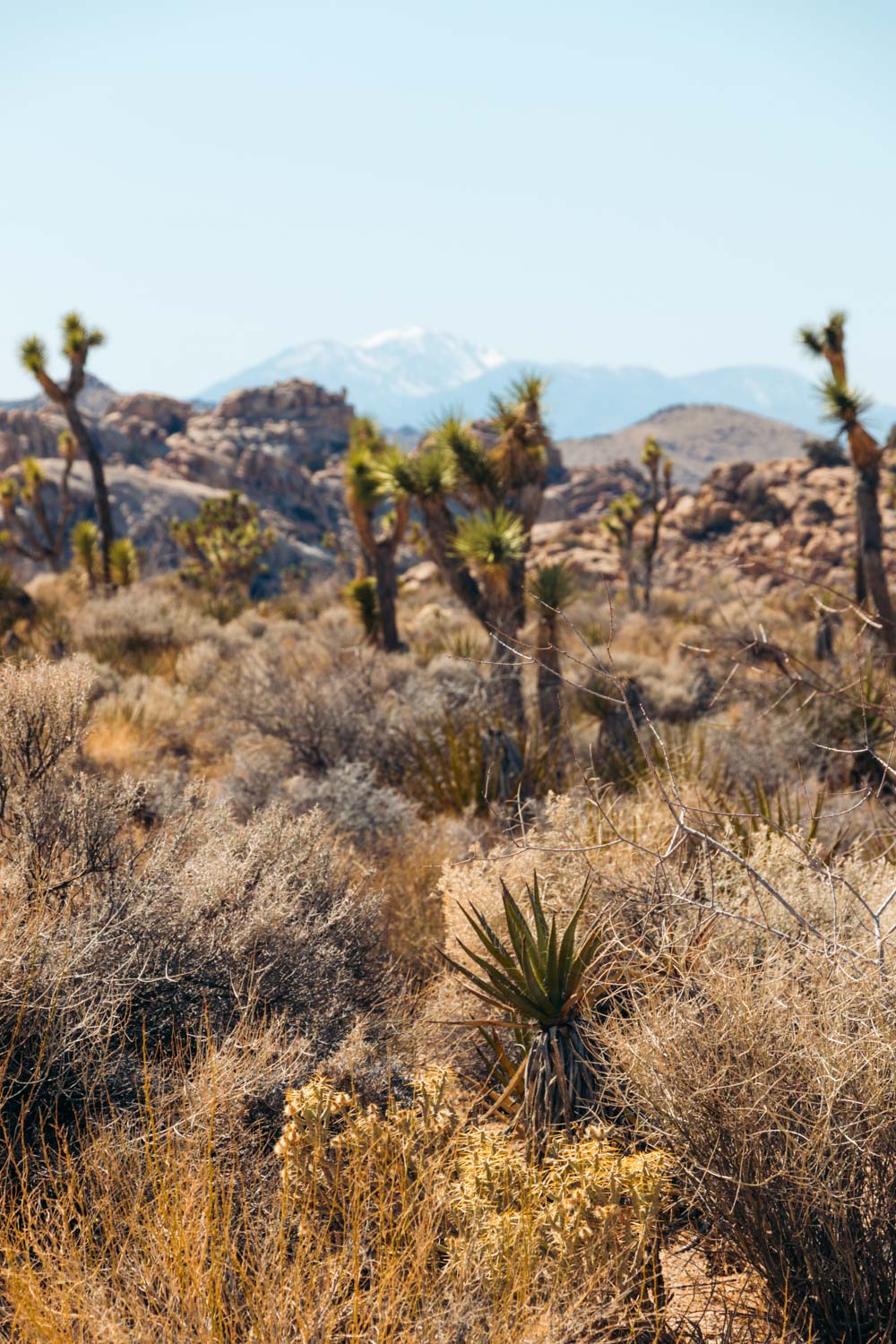
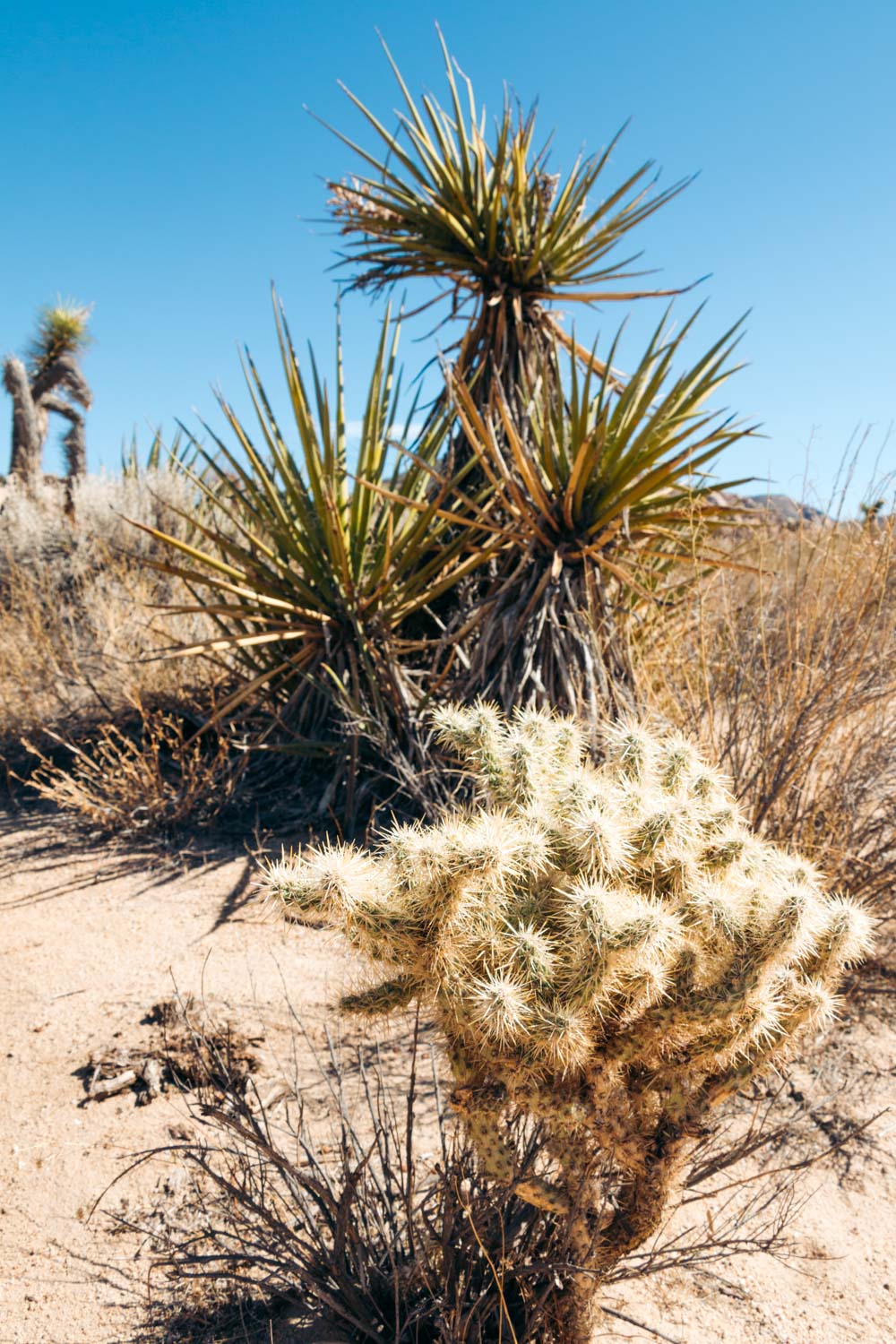
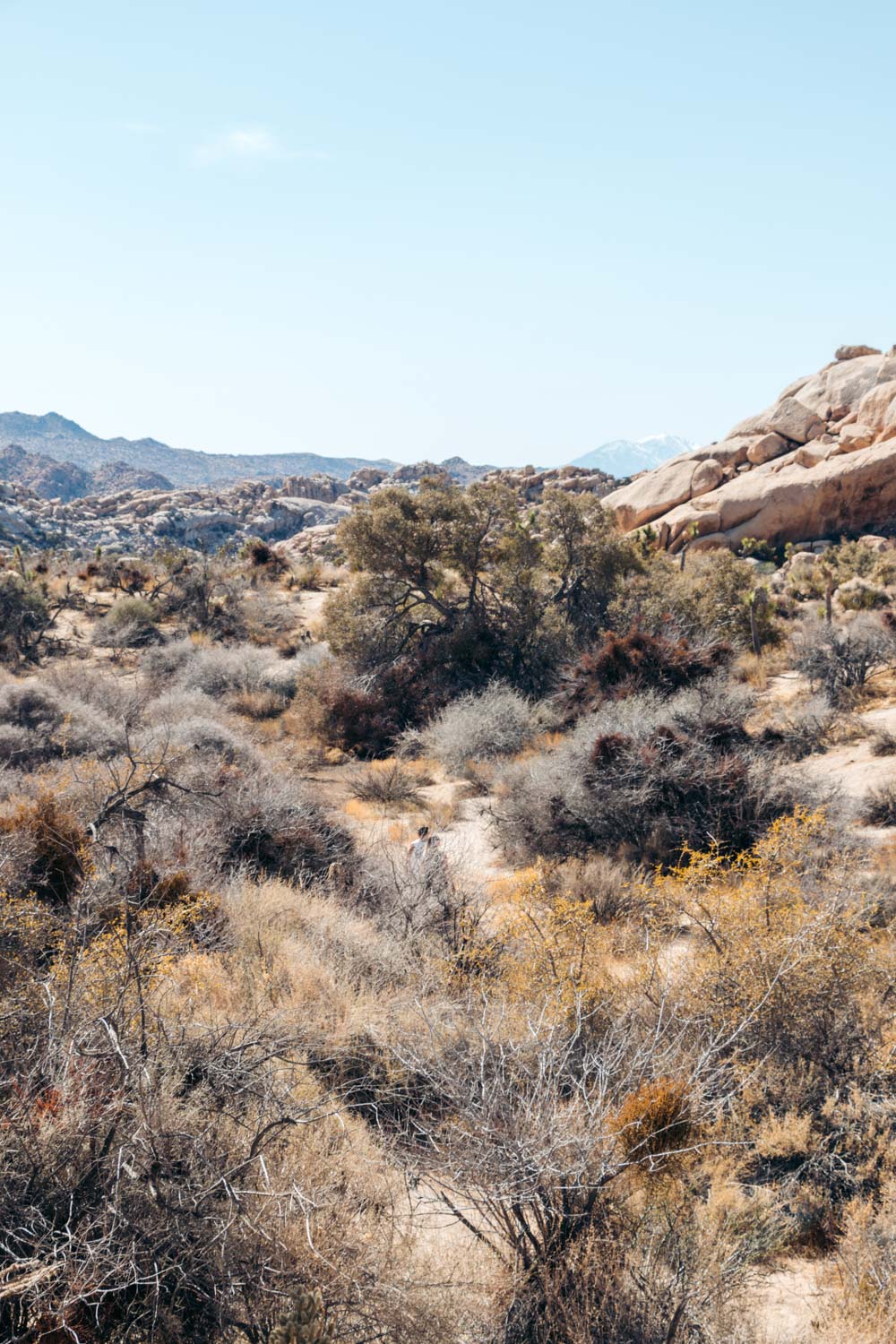
Must-Visit Places and Hikes Near Barker Dam
1. Wall Street Mill
Barker Dam was just one area where the progressive cattleman and miner, Bill Keys, saw an opportunity to prosper. During the Great Depression, mining regions in Southern California, including the Joshua Tree National Park area, experienced the second gold rush.
Considering the situation, Keys anticipated an urgent need for a gold processing mill. Luckily, the place near Baker Dam already had an existing well. The cattleman only had to acquire a stamp mill and other machinery that could be used for processing ore for small mine operators.
History: The Mall Street Mill finally joined the gold processing family in 1930. Keys operated the site as the need was arising, charging a fee for his services. When the gold dried up in the area, the mill slowly ceased its functions. The Wall Street Mill hasn’t been in operation since 1966.
Wall Street Mill Trail
Yet the historic structure remains quite an attraction, alluring numerous history buffs. To the delight of the outdoor enthusiasts, a well-marked trail to the Mall Street Mill sits a short walk away from the Barker Dam Nature trailhead. Heading northeast, the round-trip path runs for 2.2 miles and takes on average 1 hour to complete.
Similar to the Barker Dam Nature Trail, hiking to the Mall Street Mill doesn’t require any specific skills. The trail is relatively flat and easy. Although only a two-stamp mill, a building that covers it, the well, and a well pump remind of the former duties of the area, the site still gathers a myriad of hikers from all walks of life.
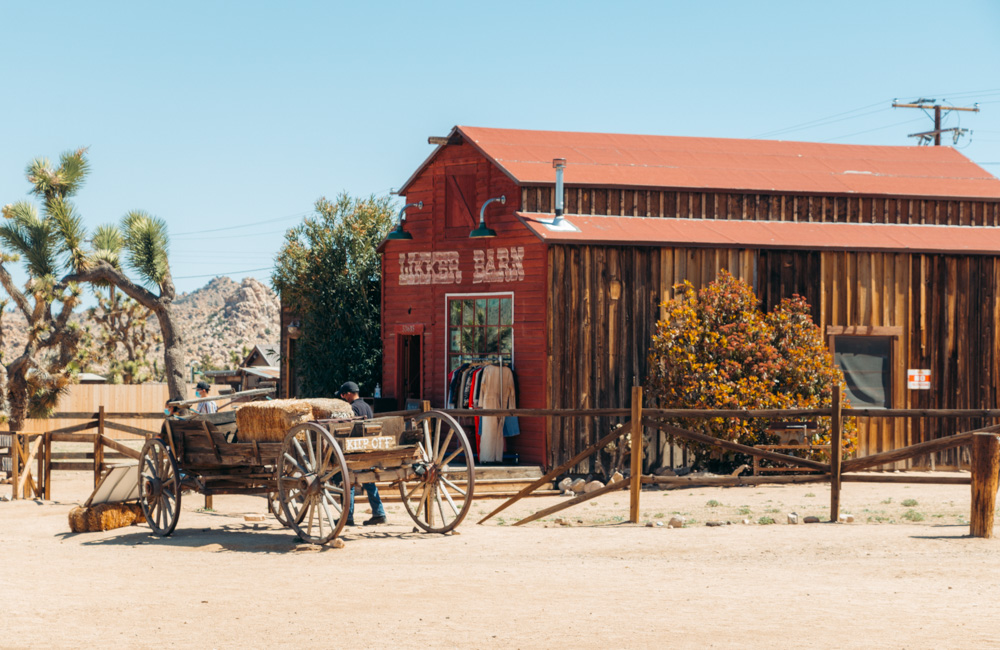
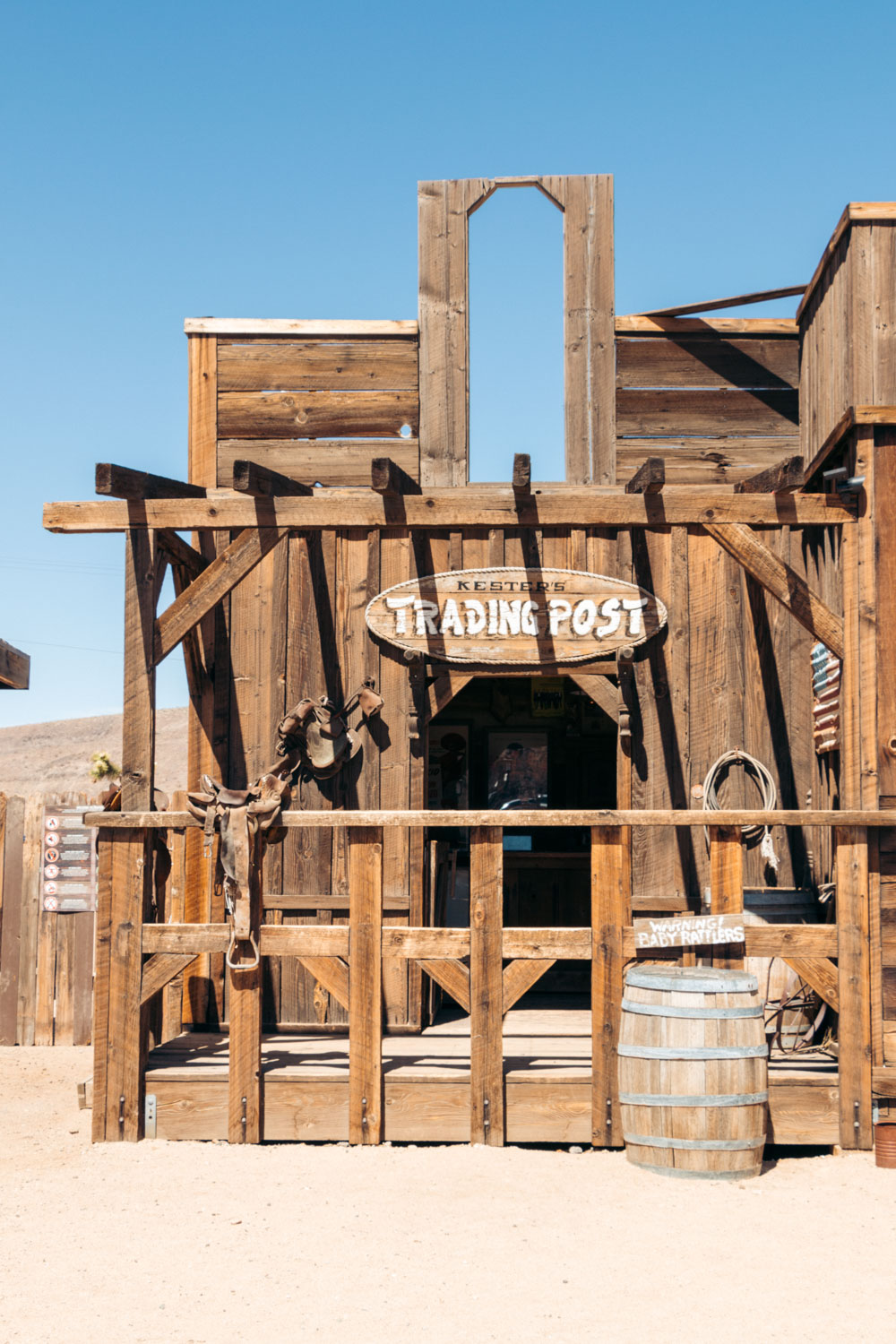
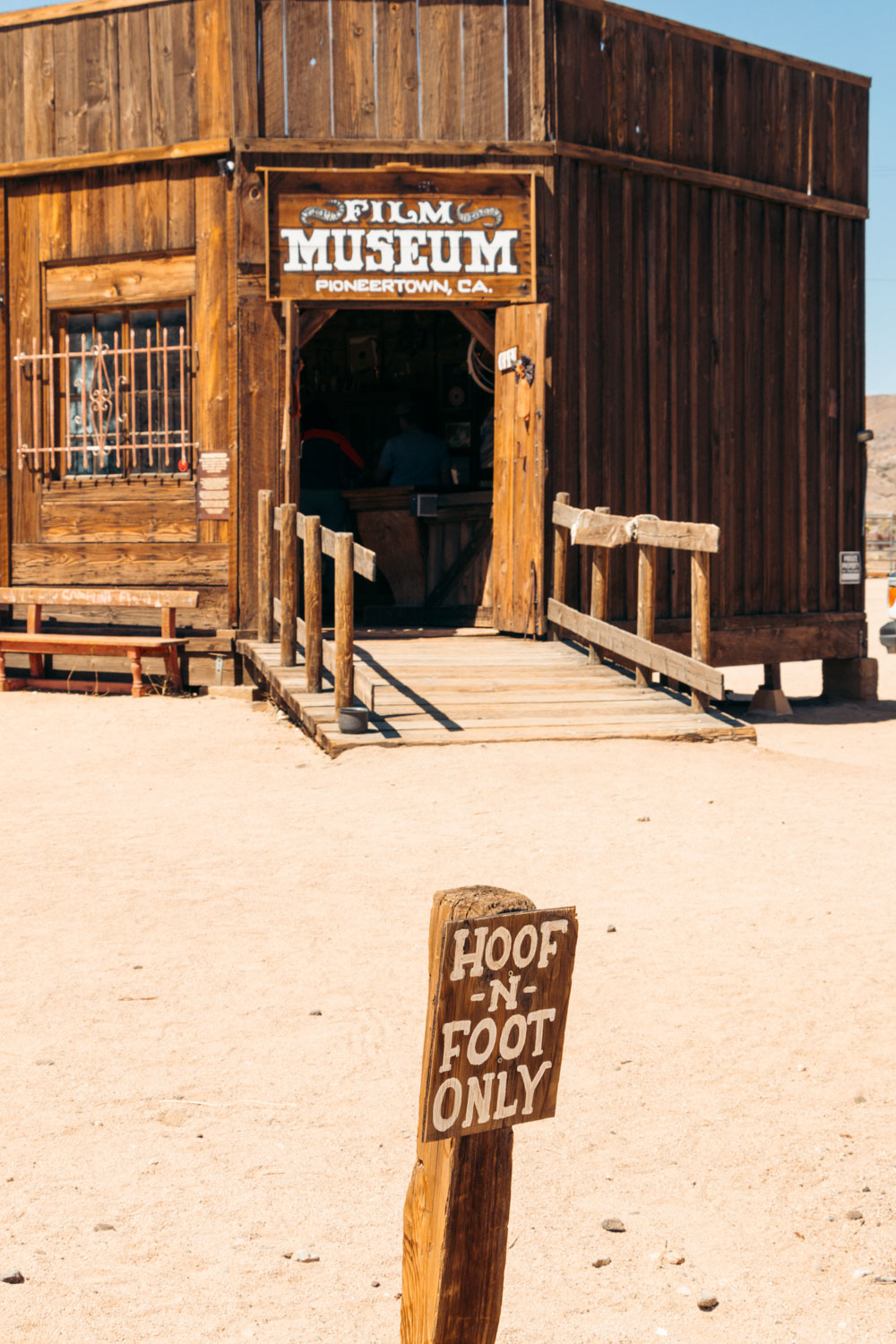
2. Pioneertown
Pioneertown is another historic place you must visit after hiking to Barker Dam. Located about 26.5 miles (48 minutes) away, the place keeps the Old West’s legacy alive. Although none of the structures of the fake town lived through those remarkable days, the area serves as the most entertaining western settlement and film set up to this day.
The place was built in the 1940’s for the sole purpose of reviving the former glory of the Wild West. Just like in his early days, Pioneertown still brims with a handful of small shops, a few eateries, and ample examples of the era of cowboys.
You can explore the town during a short side trip from the park or spend a night, relishing the old West vibe. The Pioneertown Motel is not only the right place to plunge into the past, but also one of the best places to stay near Joshua Tree National Park.
3. Keys Ranch
While exploring places Bill Keys had a direct or indirect connection with, you absolutely must add an early businessman’s abode to your Barker Dam hiking adventure. The Keys Ranch sits 2 miles (7 minutes) from the reservoir and sis a great reminder of the early settlement in the area.
The complex includes several buildings, constructed between 1910 and 1969. The ranch hasn’t seen any changes since Keys’s death. Today, it’s regarded as one of the main historic landmarks in the area.
Tours: Unlike spontaneous hiking adventures to Barker Dam, a visit to the Keys Ranch requires proper planning. In fact, you must book a ranger-guided tour in advance. In order to preserve the property in its untouched conditions, no self-guided trips are allowed. On average, the tour lasts 90 minutes. The best time to visit the Keys Ranch before or after you hike to Barker Dam is from October through May. The property remains closed in summer and at the beginning of fall.
Admission: Adults: $10, children (6-11): $5.
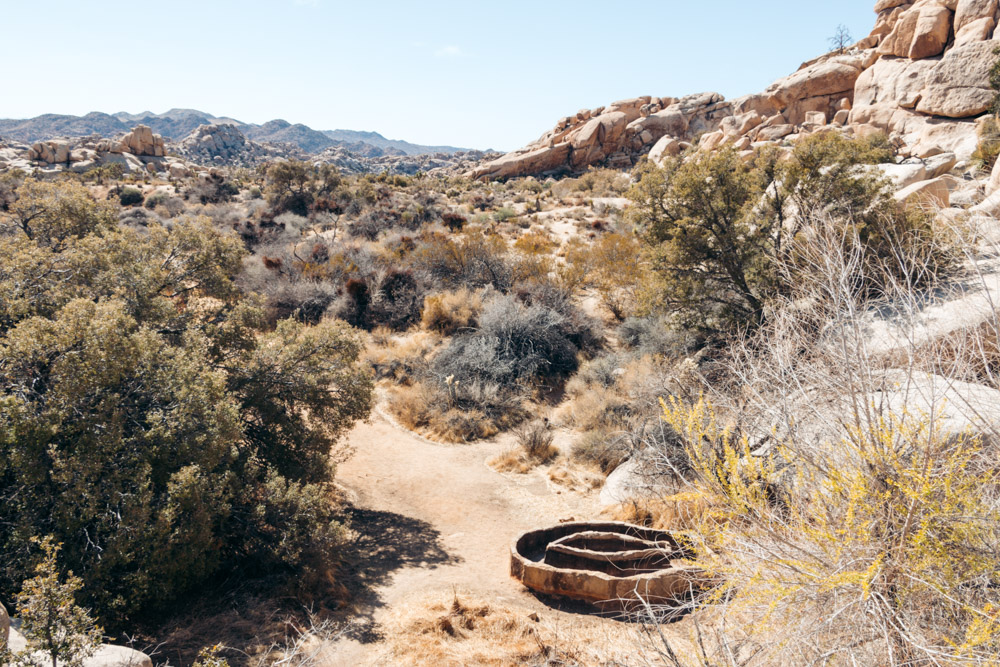
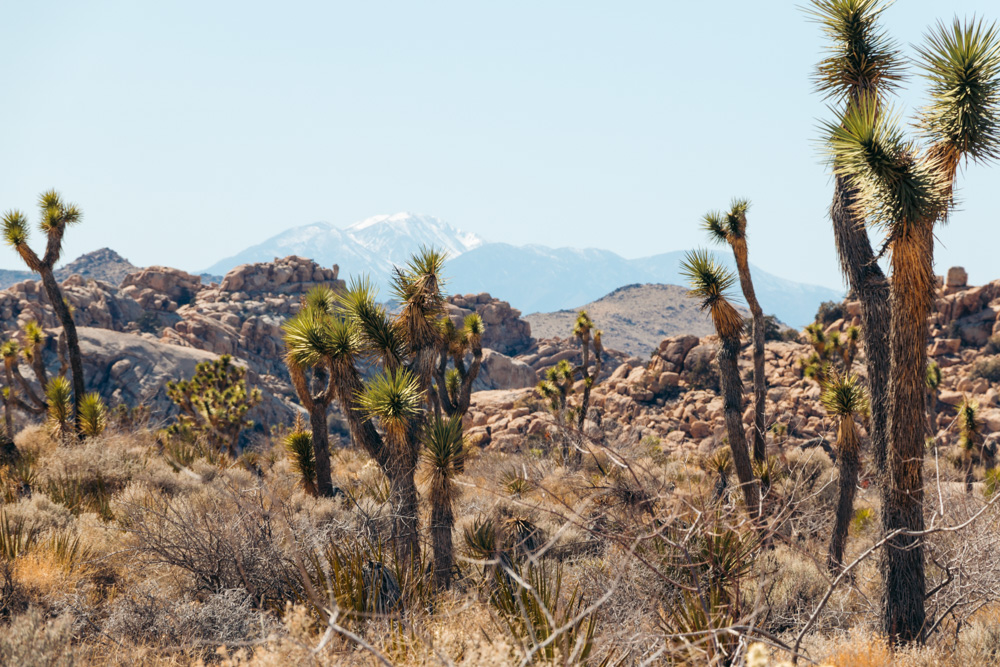
Things to Know Before Hiking the Barker Dam Nature Trail
- Pets are not allowed on the hiking trail.
- Stay hydrated by drinking plenty of water. Don’t push yourself to the limit and return immediately if you’ve gone through half of your water supplies.
- Bikes and any other transports are not allowed on either the Barker Dam Nature Trail nor on the Wall Street Mill Trail.
- Restrain from staying overnight near the Barker Dam area. Camping in Joshua Tree National Park is allowed only by permit and only in designated areas.
- Leave no trace. Don’t disturb the historic artwork, structures, trees, or desert wildlife while hiking the Barker Dam Nature Trail.
